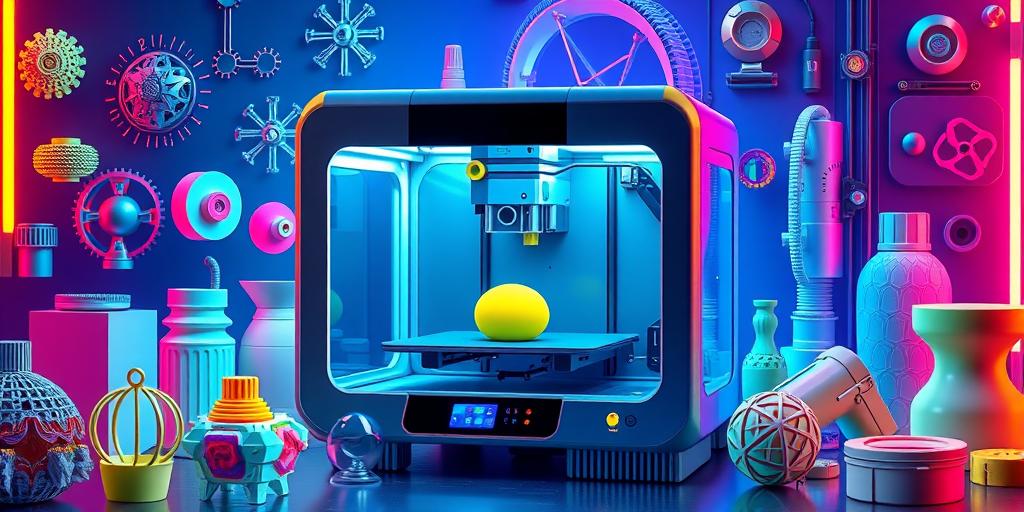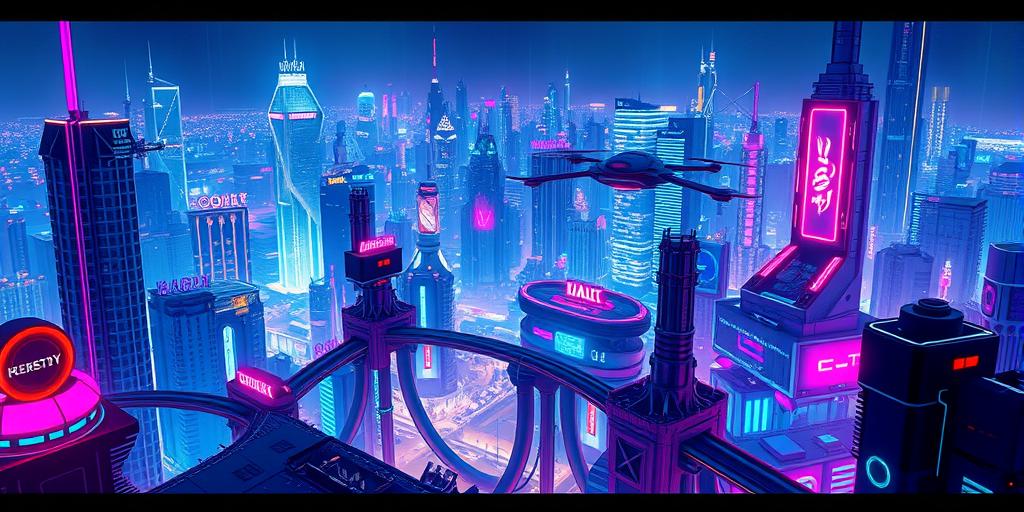Remember the Buzz Around 3D Printing? Where Is It Now?
Remember the buzz around 3D printing? It seemed like it was going to revolutionize everything, didn’t it? From personalized medicine to bespoke home décor, the possibilities seemed endless. So, where is 3D printing now? Is it languishing in the tech graveyard, or is it quietly revolutionizing industries behind the scenes? Let’s dive in and uncover the truth behind this innovative technology.
The Rise and Fall (and Rise Again?) of 3D Printing Hype
The early 2010s saw 3D printing explode onto the scene. Fueled by crowdfunding campaigns, media hype, and the promise of a democratized manufacturing process, the technology became a household name. Everyone from hobbyists to entrepreneurs envisioned a future where designs could be downloaded and printed at home, eliminating the need for mass production and long supply chains. This vision of “desktop fabrication” captured the imagination of millions and led many to believe that 3D printing was on the cusp of a paradigm shift.
Early Promises and Limitations
While early 3D printers delivered on the promise of creating three-dimensional objects, they quickly revealed significant limitations. Print speeds were agonizingly slow, materials were limited and often expensive, and the overall quality of prints often fell short of expectations. These factors contributed to a cooling of the initial hype, leaving many to wonder if the technology was truly as revolutionary as initially touted.
3D Printing Today: Beyond the Hype
Despite the initial setbacks, 3D printing is far from dead. In fact, it has quietly found its niche in numerous industrial sectors. The technology has evolved significantly, leading to faster printing speeds, a wider range of materials, and improvements in print resolution. But the revolutionary changes expected haven’t quite materialized for the everyday consumer.
Niche Applications: A Quiet Revolution
Today, 3D printing’s impact is most pronounced in specialized applications where its unique capabilities offer a distinct advantage. One significant area is prototyping and rapid product development, where the ability to quickly and inexpensively iterate designs saves time and money. Medical applications, such as creating customized prosthetics, surgical models, and even bioprinting tissues, are also benefiting greatly from this technology. The automotive and aerospace industries also employ 3D printing for creating intricate parts, often with lighter weight and greater strength than those produced by traditional methods.
Consumer Applications: The Wait Continues
For the average consumer, the dream of a desktop fabrication revolution remains largely unfulfilled. Although consumer-grade 3D printers are readily available, their limitations persist. Print speeds are still slow, materials are costly, and the required technical skill and patience can be significant deterrents. However, incremental improvements and decreasing costs are steadily making it more accessible.
The Future of 3D Printing: A Realistic Outlook
While the initial hype surrounding 3D printing may have subsided, the technology continues to evolve and find new applications. The future of 3D printing likely lies in its continued specialization and refinement within industries where its unique advantages shine. We’re unlikely to see the widespread desktop fabrication envisioned a decade ago, but the ongoing advancements offer a promising future for this technology.
Technological Advancements: The Key to Widespread Adoption?
Future innovations in materials science, printing speed, and software integration are crucial for the technology’s further development. The development of more durable, affordable, and readily available materials will be key to unlocking the technology’s full potential. Faster printing speeds and simplified user interfaces will also make 3D printing more accessible to the average consumer.
3D Printing and Sustainability: A Growing Synergy
Another key factor is the growing interest in sustainable manufacturing practices. 3D printing’s ability to reduce waste, create lighter parts, and facilitate on-demand production makes it an increasingly attractive option for environmentally conscious companies. The development of biodegradable and recycled materials for 3D printing will further enhance its sustainability credentials. This growing focus on sustainability might be a key driver for increased adoption.
This technology is not just a passing fad. It continues to evolve, finding new applications and refining its capabilities constantly. While the widespread, consumer-focused revolution initially promised may not fully materialize, the technology’s impact on various specialized fields is undeniable. The future of 3D printing is bright, though perhaps a bit different than initially anticipated.
Want to learn more about the current applications and future potential of 3D printing? Subscribe to our newsletter for the latest updates and insights!













